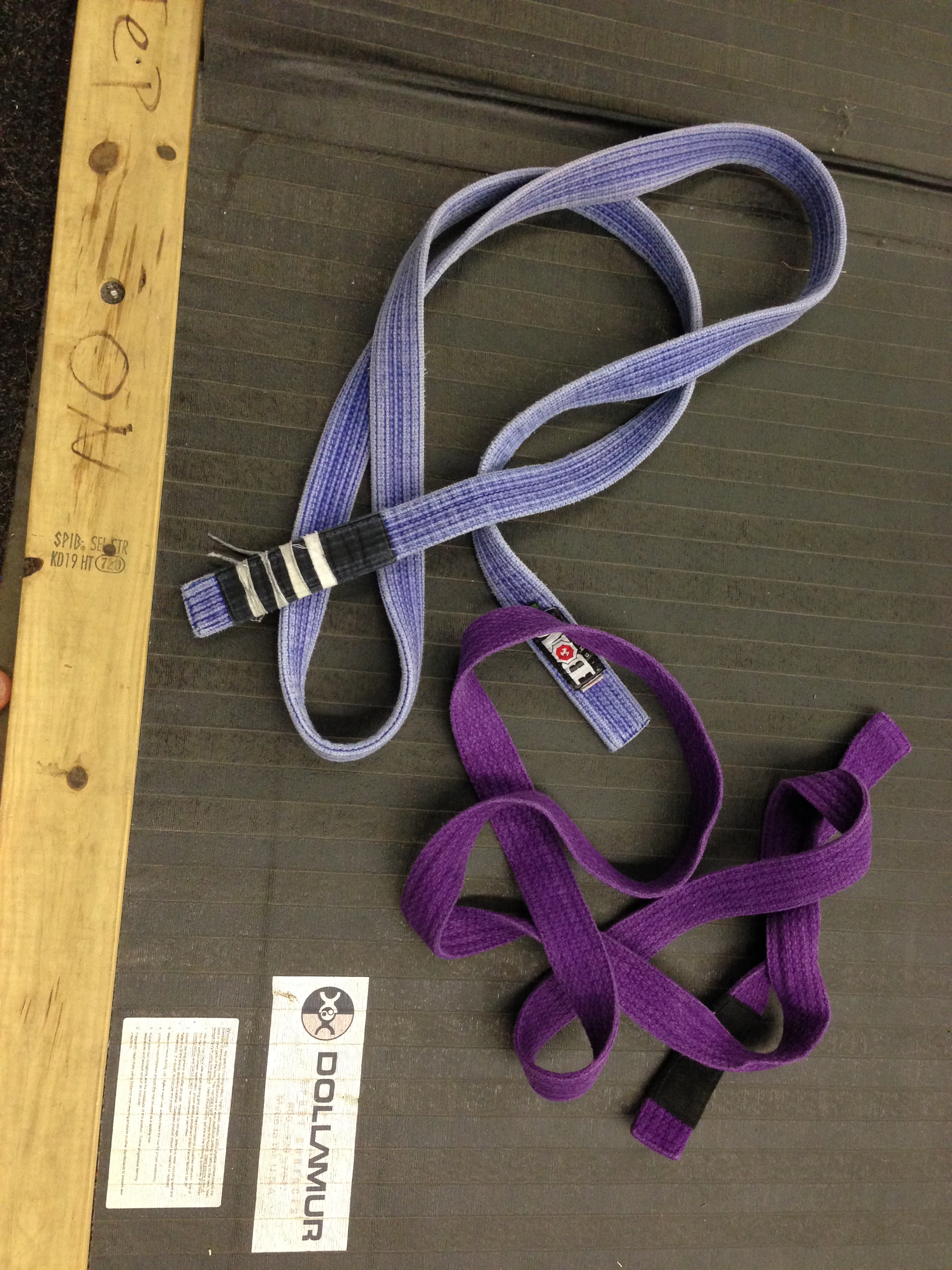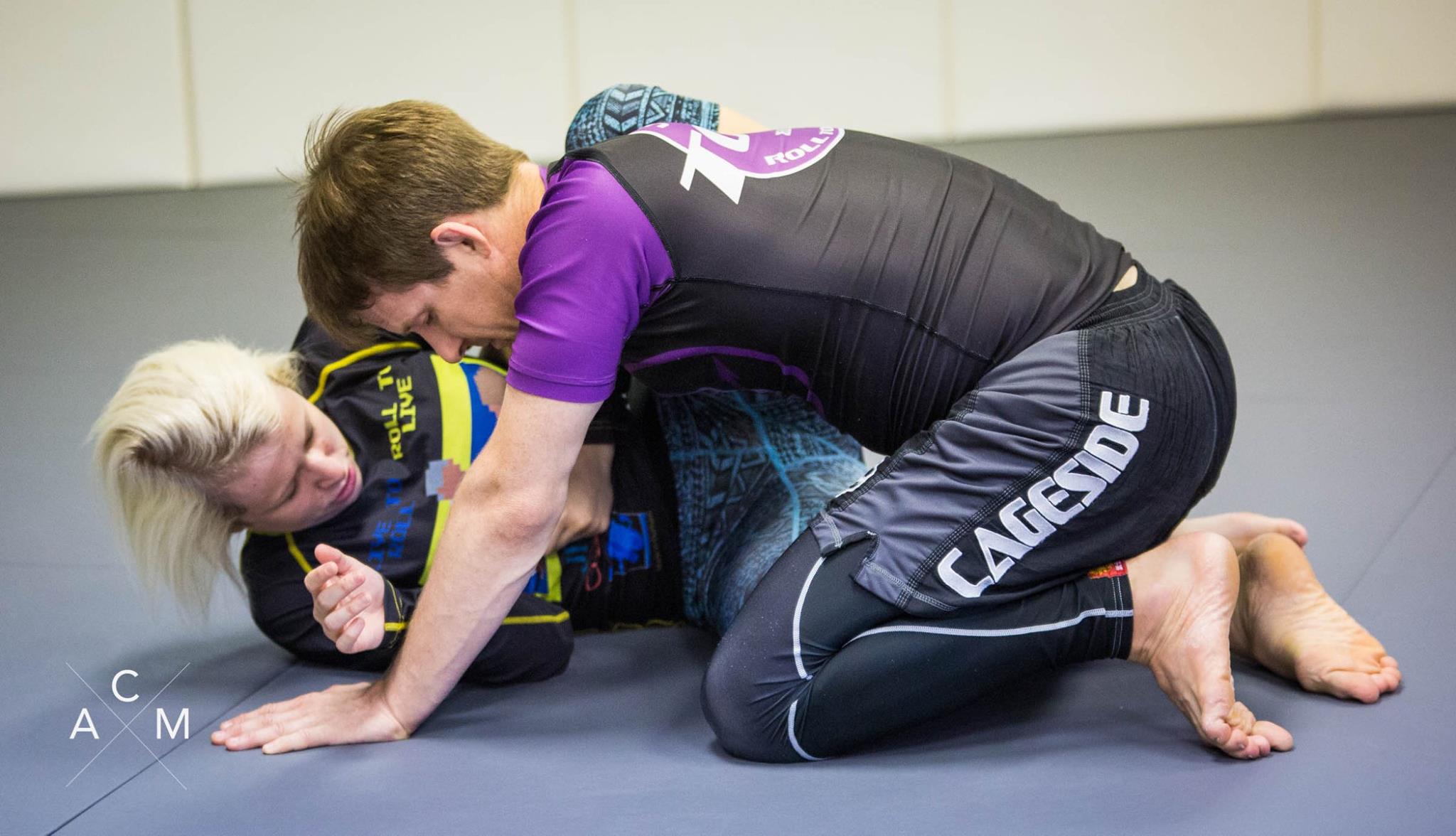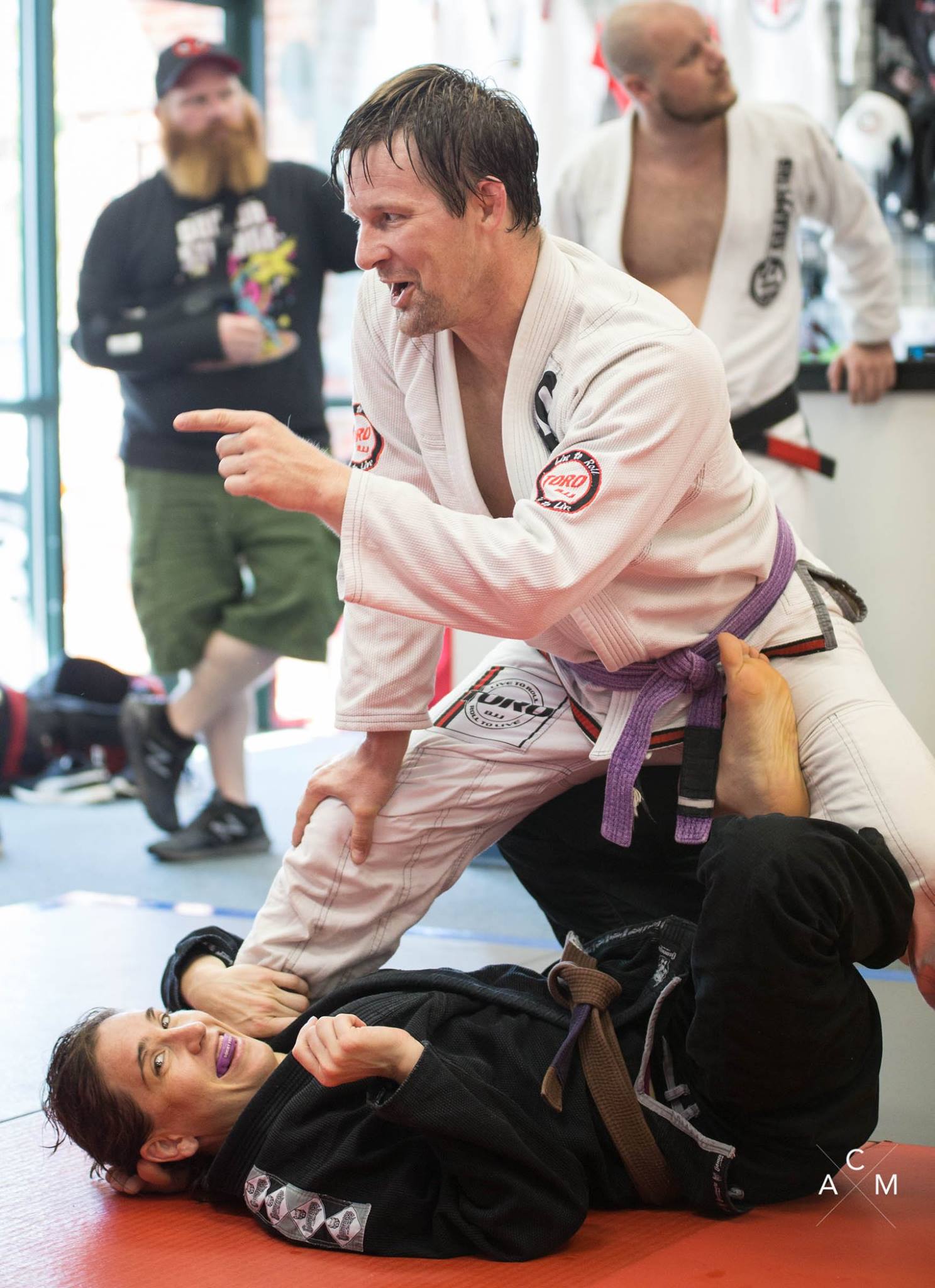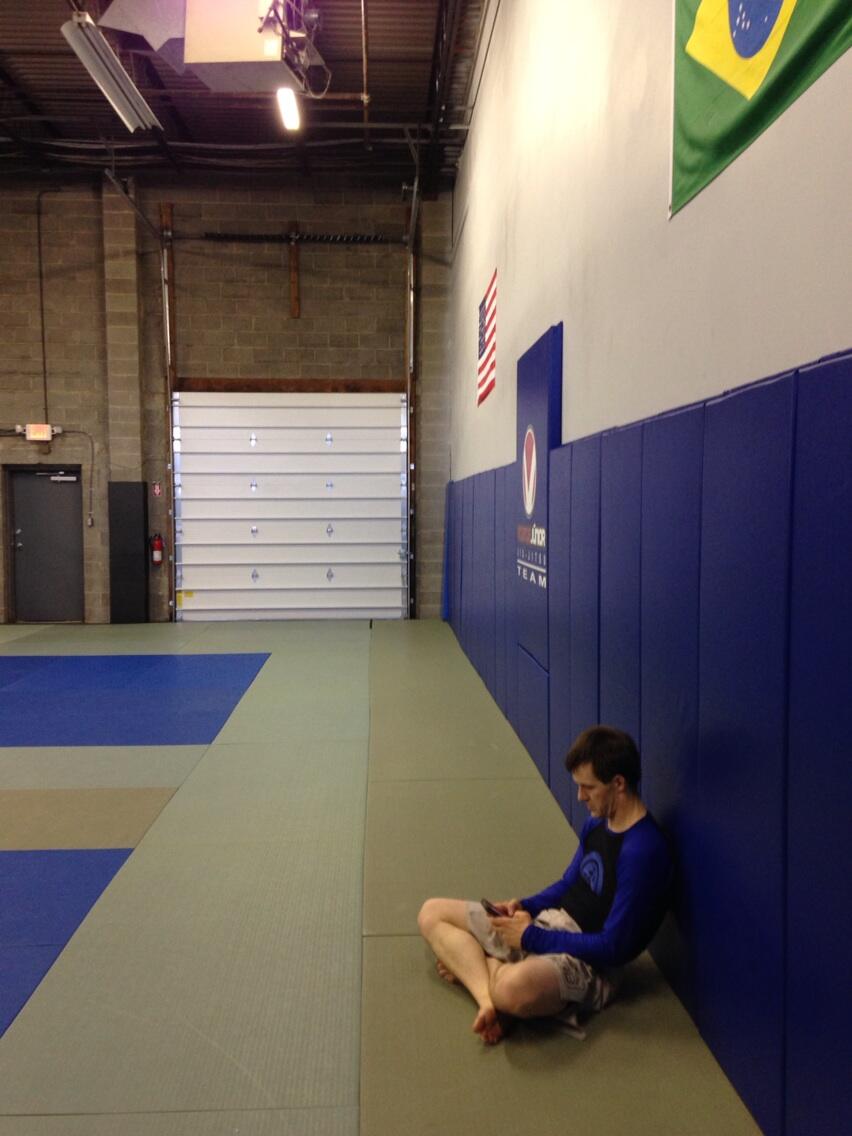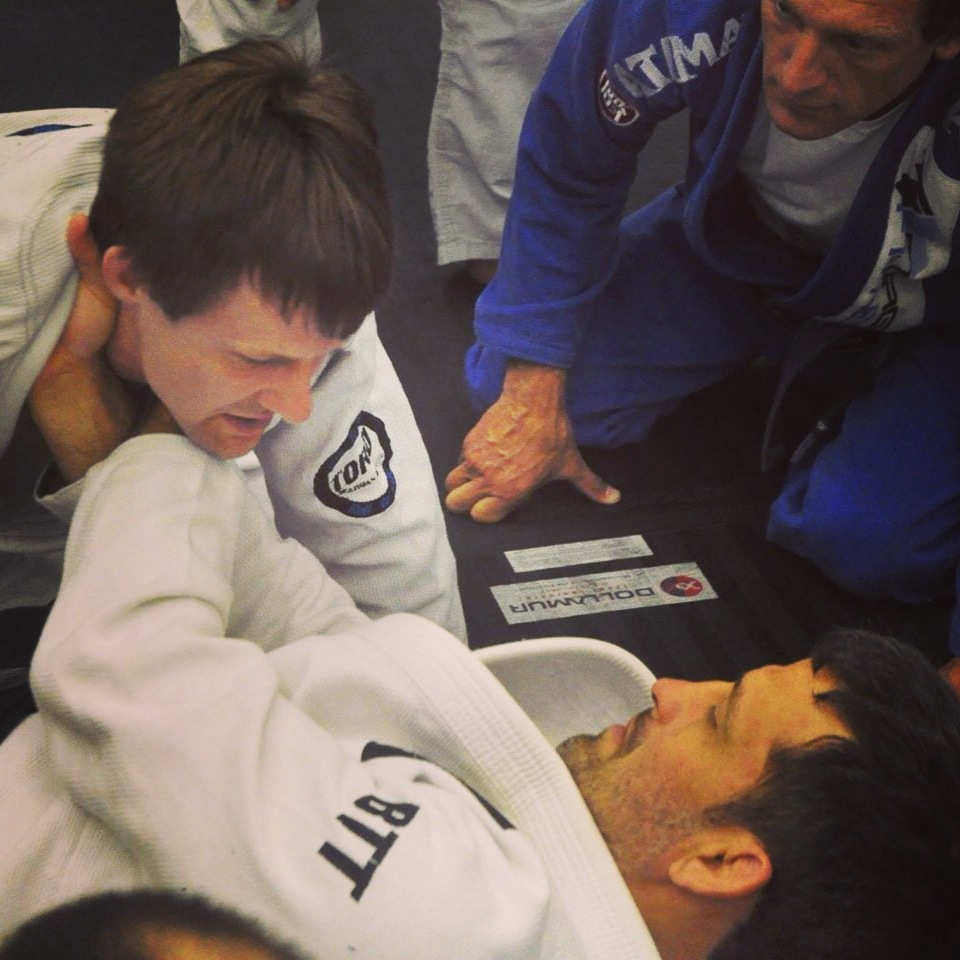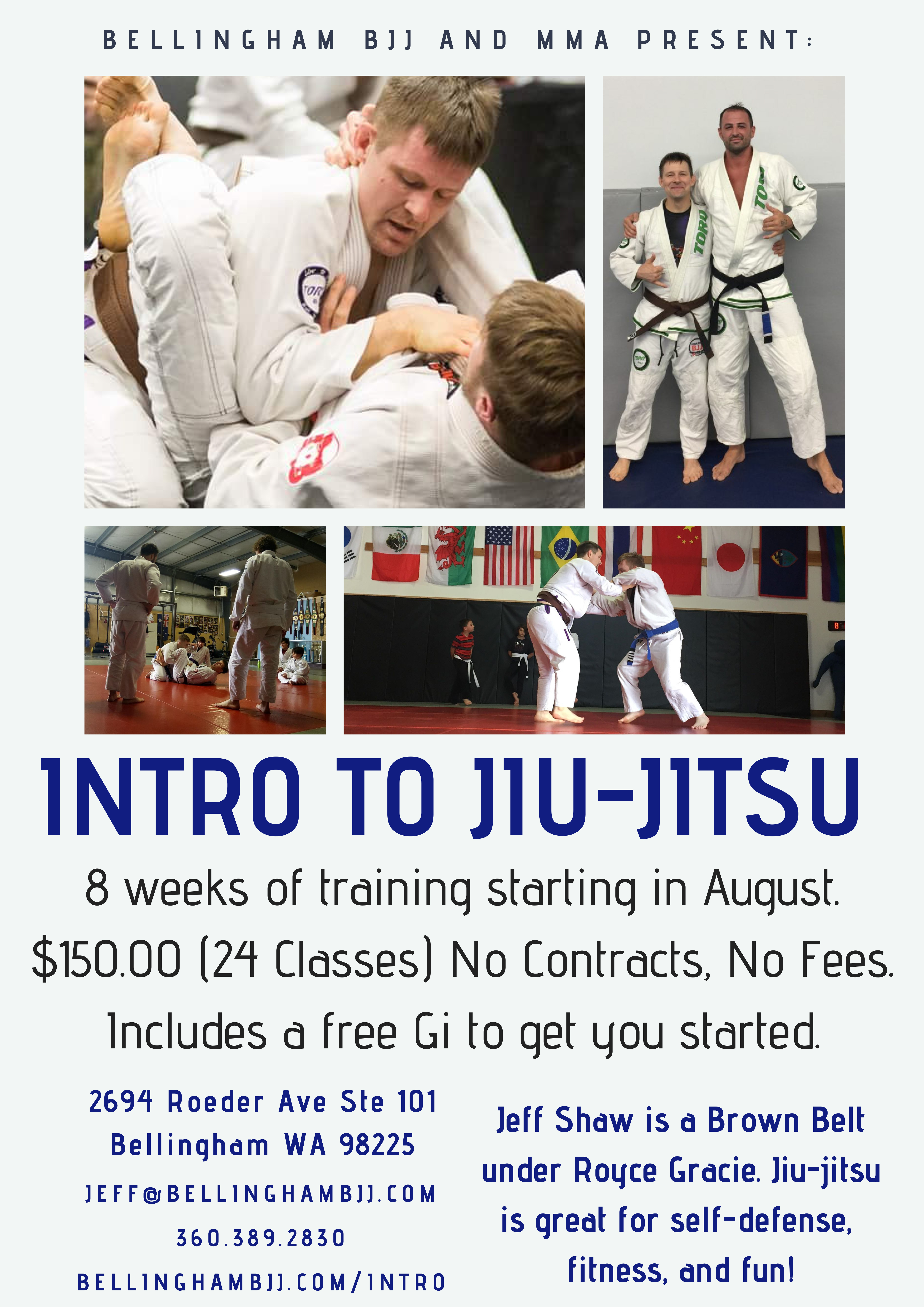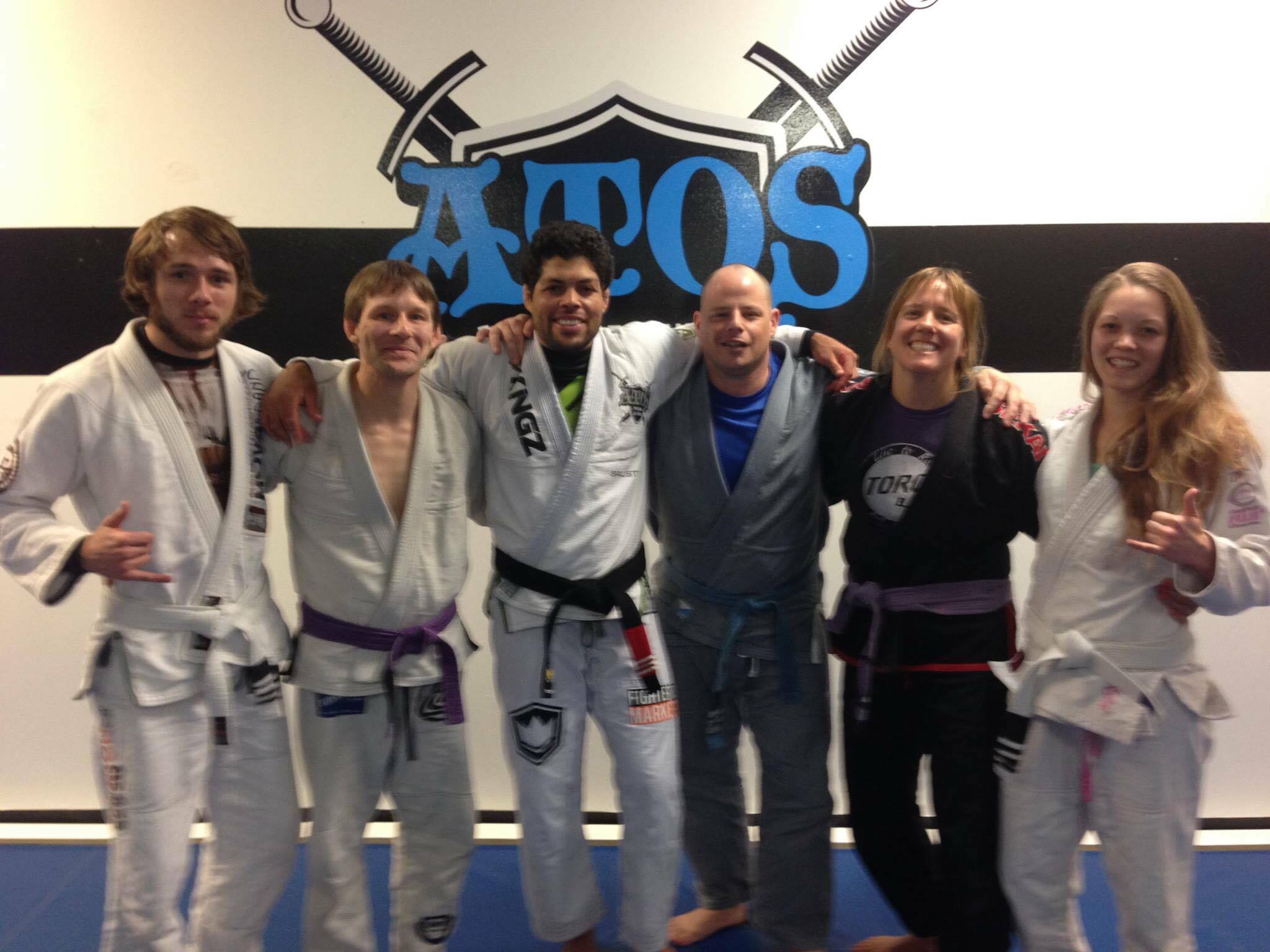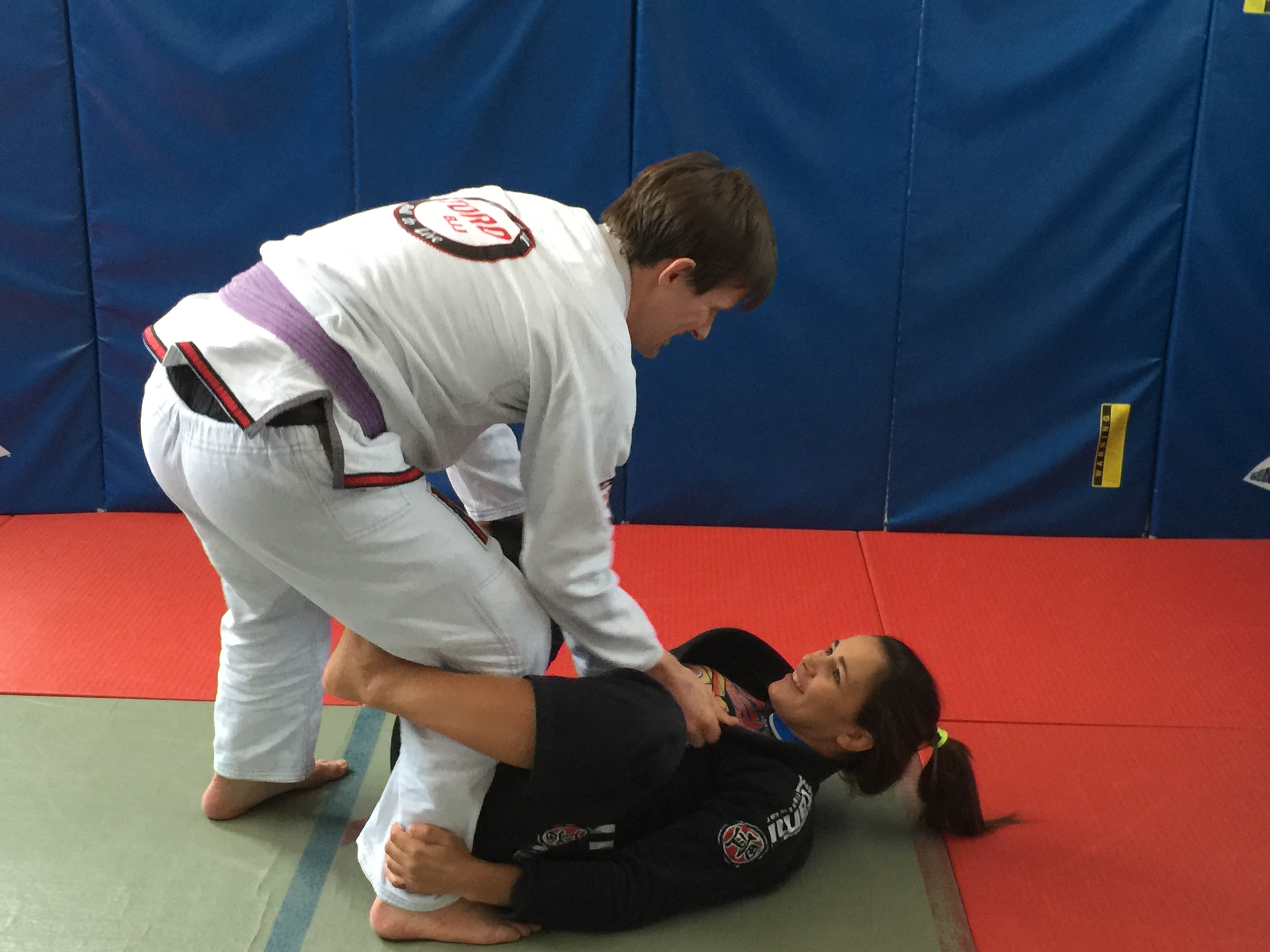What Does a BJJ Belt Promotion Mean?
Sometimes I think jiu-jitsu would be better without belts.
I understand the reasons for them: People love having markers of their progress, and they help for competitive fairness, and — my favorite aspect of belt promotions — I believe in any excuse to have a celebration. But belts are also controversial; every school has different standards, depending on whether the school emphasizes sport, self-defense, MMA, or a combination of those. Even within a school, those standards can change — sometimes radically. What a belt means might mean very different things depending on the student or instructor that you ask. Belt rank can feel arbitrary, and people can take them too seriously.
But BJJ belts are meaningful. They display to training partners what type of proficiency they can expect. They provide important waystations on the long journey. Most importantly: they contain memories. This alone means belts, whatever baggage they come with, have importance.
How should we think about belts, then?

